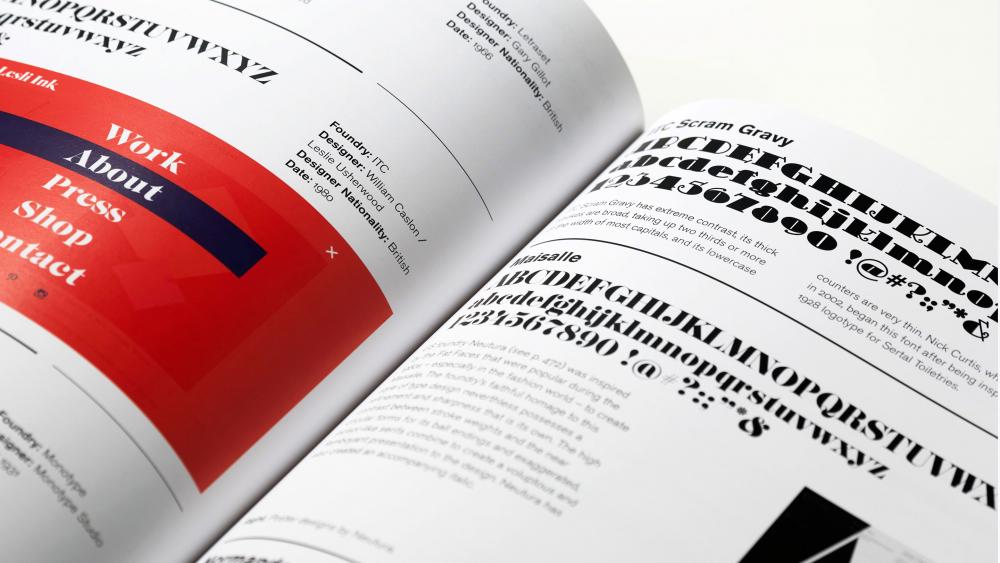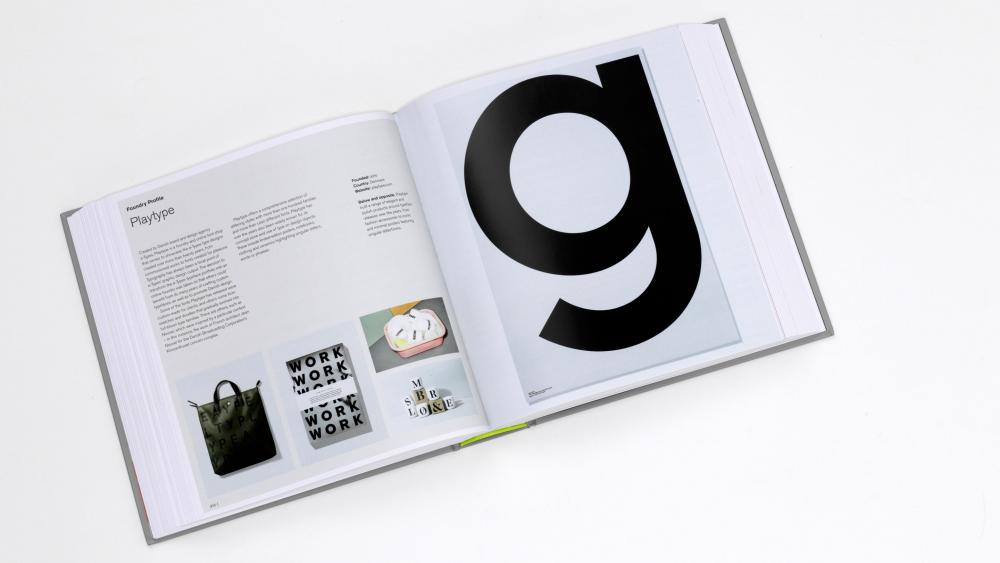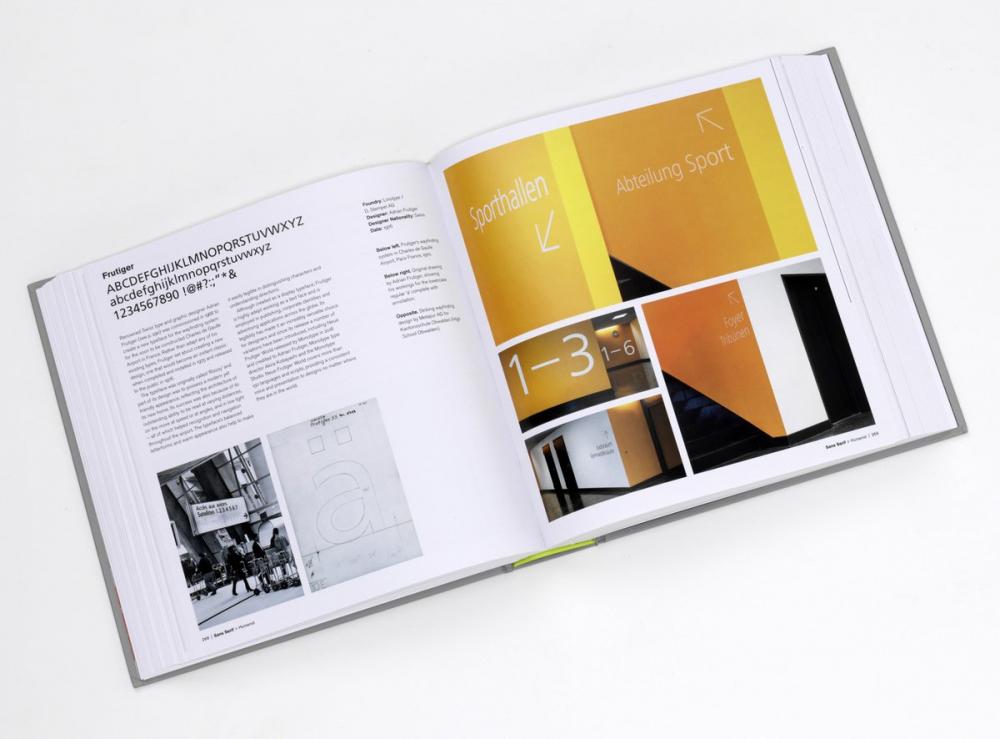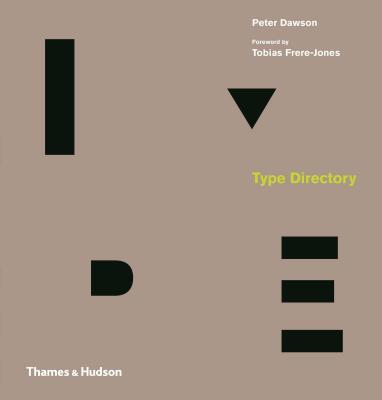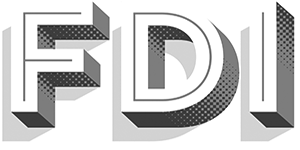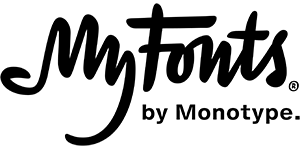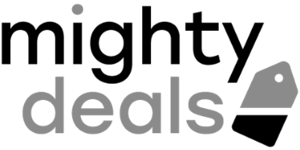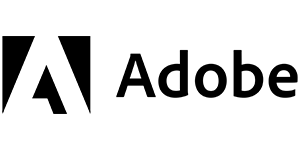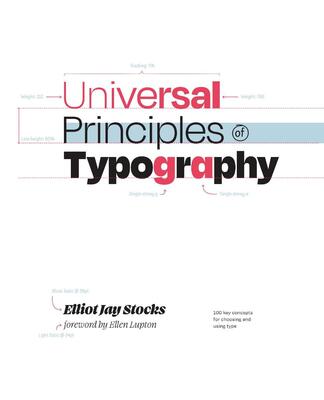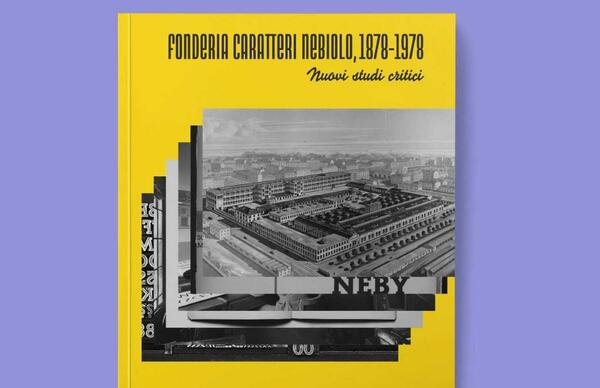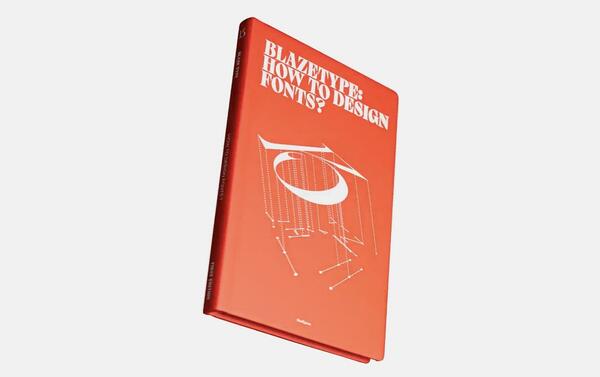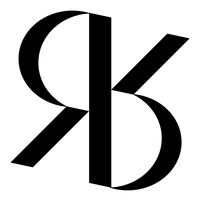Type Directory shows 1,500 typefaces are organized by category – Serif, Sans Serif, Display, Script and Symbols & Dingbats – and subsequently arranged by recognized sub-categories. This allows the reader to make a direct comparison of typefaces with a similar appearance, thus facilitating a deeper understanding of the design and selection process. A visual celebration of the craft, innovation and beauty of these letterforms is presented throughout, from classic typefaces like Garamond, Bodoni and Times through to the contemporary Bliss, Gotham and Meta.
Author Peter Dawson co-founded his design practice, Grade, in 2000. He is a fellow and a former chair and board member of the International Society of Typographic Designers, and has also acted as a visiting typography lecturer at a number of universities.
